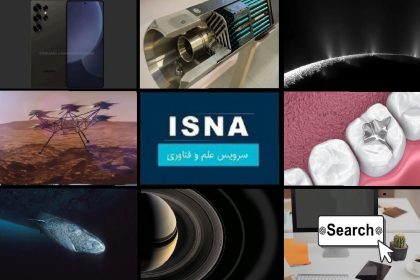According to Mehr news agency, citation is one of the key evaluation measures that has been in the focus of attention in the past decades. Both correct and efficient exploits have been used, as well as incorrect and useless ones. In any case, since researchers are one of the key actors in the ecosystem of science and research, their evaluation based on the number and ratio of citations given to them can be one of the signs of their influence in special subject areas.
Based on this, one of the researcher evaluation systems that has emerged in the past few years and is being used is the evaluation of researchers based on the number and proportion of citations they receive and identifying their top two percent. The methodology of this evaluation system was first introduced by the researchers of Stanford University and now this system is in the publishing company “Elsevier“and based on citation index data”ScopusIt will be updated.
In this evaluation system (here), the publication and citation data of 22 comprehensive thematic fields and 174 partial thematic fields are analyzed. In every scientific field, those who have the highest number and ratio of citations and are among the top two percent of the list are introduced as top researchers.
According to a new reportElsevier” published in September 2024, the names of 2,503 researchers from Iran are among the top two percent of researchers in the world. In this evaluation system, two lists are published. The “Annual Performance” list examines the data for a specific year (ie 2023) and publishes the names of the top performers, and the other “Career Performance” list identifies the top researchers based on the performance of all years (from 1960 to 2023). does
All together, the annual performance list includes 223 thousand 252 researchers from all over the world and 2 thousand 327 researchers from Iran. The job performance list also includes 217 thousand 97 p Juheshgar from all over the world and one thousand and 20 researchers from Iran.
Based on these data, Tehran University is at the top of Iranian institutions in both lists from the point of view of the number of researchers. In table one, the names of the top 10 Iranian institutions that have a researcher in the annual performance list are reported.
In table two, the names of the top 10 Iranian institutions that have researchers in the list of job performance can be seen.

Full table Institutions Iran has the most researchers in both lists of the top two percent of researchers in the world, it can be seen here.
This report emphasizes the importance of citation as a basic criterion for evaluating researchers. Citation is considered as a valuable indicator of the influence and dynamics of researchers’ works in Wadi Alam. However, it is important to remember that evaluations should not be limited to this criterion alone. Other important aspects of research performance and their impact should also be considered. This report raises the critical point that although citation is emphasized as an important criterion, it should not be considered as the only criterion. Contributions of researchers in science are not summed up in numbers, and other factors such as the quality of research, collaborations, and the social impact of their work should also be considered in a comprehensive evaluation.
This report is one of the reports of the “Nama” system. The “Nama” system, which is the Research Institute of Information Science and Technology of Iran (Irandak) has launched, it monitors and reports on the position of Iran’s science, technology and innovation in the world. This system with monitoring and reporting of nearly 90 global indicators is available to everyone at this address.
RCO NEWS
















